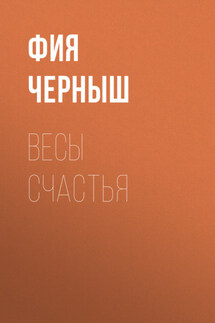Unwanted child - страница 13
The time of the class was drawing to a close, and Theodore's sheet of paper remained as blank as it had originally been. Finally, he picked up a dark brown pencil that was lying nearby and began to paint the sheet a solid colour, trying his best not to leave any white gaps. Maybe he was embarrassed that he was the only kid who hadn't drawn a picture, or maybe Ted just wanted to keep himself busy.
The children began to hand in their work to the teacher. The teacher came up to each of them in turn and accepted their work. Theodore handed her a piece of paper on which a rectangle had been carefully drawn with a brown pencil. He looked at the tutor, waiting for any reaction. Mrs Donova smiled at the boy, stroked his head and encouraged him: ‘Well, there, you see! You, too, have succeeded in your own way in drawing a picture on a given theme. In time, you'll learn a lot more from us here!’.
Ted smiled back when he felt that no one was going to scold him. He had done a thorough job in his own way and was being praised for it. On the wave of positivity that swept over him, the boy walked over to the other boys who, without the teacher's instruction, had arranged themselves in a circle and were drawing something together.
It was lunchtime for Theodore's group. The children, led by Mrs Donova, went up to the third floor to eat a three-course set lunch specially prepared for them for the first time in their lives. The canteen staff also joined in to help the kindergarteners in shrinking the students. It was extremely difficult for one adult to cope with the still unorganised group of kids who saw plates of food placed on small tables. Despite the fact that the children could already sit on ordinary chairs and stools, at the first stage, in order to teach them discipline, the canteen was equipped with seats with small straps that were pulled over the waist of the children and fixed them in one place, not allowing them to move freely around the room.
There was a lot of temptation at the beginning, as the food was served based on the usual diet of the pupils of the educational centre. It was balanced, filled with all the necessary useful vitamins and minerals to maintain their health. The food was adjusted individually, depending on whether a particular pupil was allergic to certain types of food, or simply because he or she refused to eat one or another product.
For example, if a child does not eat broccoli, it can easily be replaced by carrots or cabbage, thus preserving the vitamins that he or she should get after eating. All caring parents, in most cases, have prepared in advance and provided the principal with lists of foods to be more careful about and to avoid. In Theodore's case, there was no such list at all. Lars replied dryly when questioned by the headmistress: ‘Yes, he eats everything. You can feed him whatever you want.’
So Theodore had to personally try the delicacies of the children's kitchen and find out for himself what he liked and what he didn't like.
Ted was taken by the hand by one of the canteen workers and sat down at the end table, where there were three more tables besides his seat. In front of him was a white cardboard small rectangular container wrapped in foil to keep the food warm. To the right of the food container, was a plastic small spoon. Some already knew how to handle some other cutlery, such as a fork and knife. But in the early days, the educators did not want to load the children with unnecessary information and create conflict in the minds of those who were not yet familiar with such utensils. They assumed that the learning of sharp objects, even plastic ones, should be gradual, not immediate.







